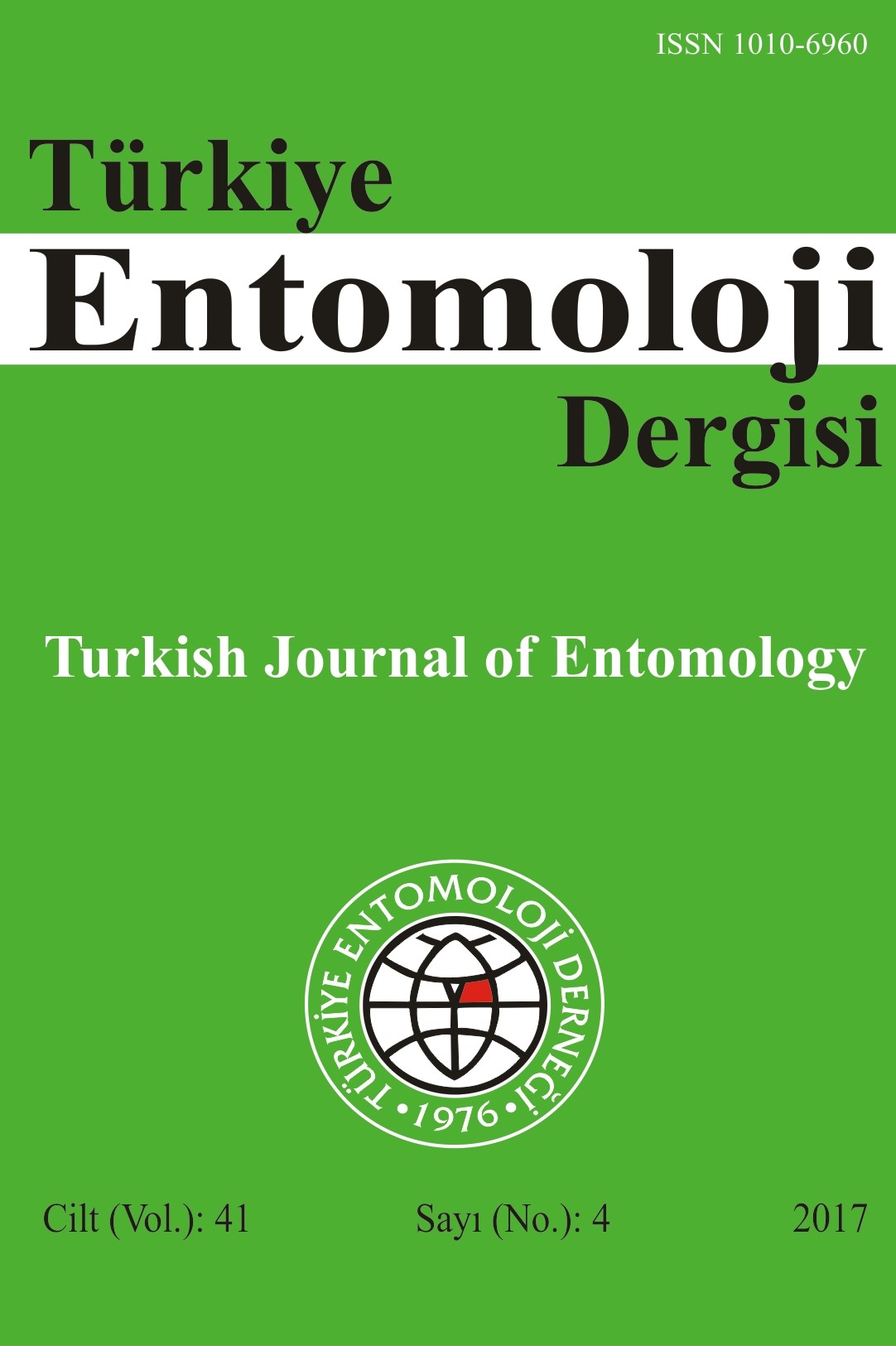
Türkiye Entomoloji Dergisi
Yazarlar: Dirk H. R. Hr SPENNEMANN
Konular:Fen
DOI:10.16970/entoted.530263
Anahtar Kelimeler:Biogeography,Climatic extremes,Insect pests,Physiology
Özet: The date stone beetle, Coccotrypes dactyliperda Fabricius, 1801 (Coleoptera: Curculionidae), is a cold-sensitive agricultural pest that goes into hibernation inside infested seeds, ready to breed as temperature increases. To assess their resilience following exposure to cold, specimens reared from infested Phoenix canariensis Chabaud seeds were exposed prolonged subzero temperature in a laboratory setting at Charles Sturt University (Albury, Australia) in 2018. Specimens which had been allowed to tunnel into P. canariensis seeds as well as those held in vials were exposed to -8ºC for durations between 5 min and 7 h. Unprotected beetles survived a 75-min exposure to -8ºC, but the beetles in their brood galleries inside the seeds survived for over 7 h.